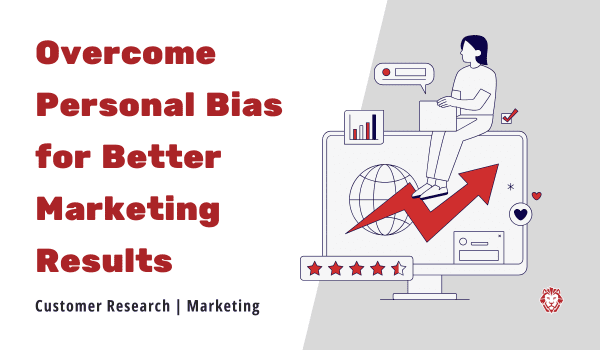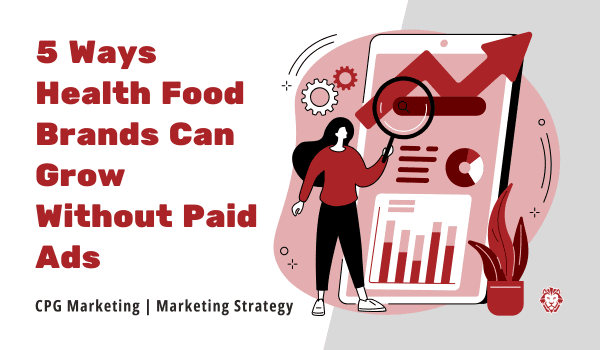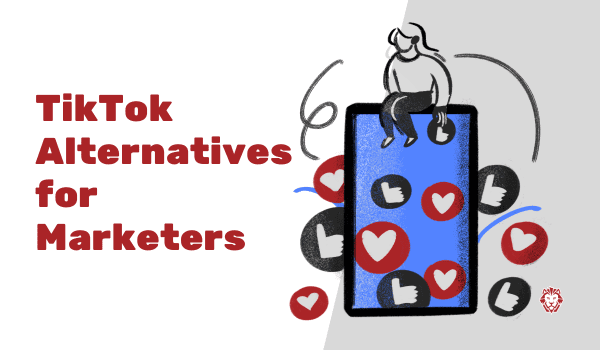
Email Marketing Best Practices for 2017
By now everyone knows that email marketing isn’t dead- far from it. As we find ourselves in the middle of the fourth quarter, many marketing teams are under pressure to plan campaigns, offers, and budgets for the coming year. If your current email campaign is sucking wind, don’t sweat it! OK, maybe sweat it a little. But fear not, because we’ve got you covered with best practices for email marketing in 2017, not to mention the upcoming holiday season.
Stop Embedding Videos Directly into Emails
Embedded videos are a double no-no when it comes to the future of email marketing. Embedded videos not only increase the likelihood of your brand’s e-blast being marked as spam, they also lead to much lower open rates. When you consider that most people are sorting through email on their smartphones, it makes even more sense to cut down on a sizable chunk of data that will cause the entire email load speed to lag.
Do this instead: Grab a compelling screenshot of the video and write some attention-grabbing copy to get your readers to click on the link and watch the video directly on your site. Your conversion rate will thank you!
Double Check Auto Fields
We’ve seen at least three competitor email campaigns in the last two weeks with blatant misprints in the subject headlines, and just as bad, blank personalization fields. No one likes to be greeted as
“<name>”
Do this: Make sure to have someone not connected with the e-blast’s design and construction proof-read a test email each and every time before sending. Make corrections, then test it again. Lazy mistakes will send your future emails on an all-expenses-paid trip to the spam folder.
Get Personal with Your Customers
One of the main reasons that email made a return from the marketing doghouse is the ability for marketers to get personal- in a tasteful way, of course. Marketing leaders should identify opportunities to customize their automated content, starting with the very first time they engage with a new subscriber. Think back to the landing page, and even ad copy points, that lead to that customer’s decision to join your database. Your brand’s email marketing content should be tailored to fit the next step in your customer’s relationship with your brand.
Pro Tip: Stop sending emails from your company’s “info@” address and create a persona to serve as the face of your brand. Don’t make it a real person- most marketing departments have much too high of a turnover rate for that. Now that you’ve got a “james@” email address to send your marketing emails from, you can expect an uptick in open and click through rates!
Keep Funneling Your Lists
Everyone’s familiar with the “Always Be Selling” and “Always Be Closing” taglines, but too many marketing leaders forget about “Always Be Asking.” This is a key strategy, especially for brands that struggle at collecting customer information upfront. If an email address and a first name are all that you can come up with on an initial sign up, the “Always Be Asking” strategy needs to be a key component of your team’s email marketing strategy.
Start by running surveys fueled by contests or even just straight up asking for subscribers to self-qualify for your brand’s list segments, you’ll be surprised just how much data you’ll come up with that can shape everything from the time you send emails to the mix of content and offerings. Survey responders often end up being your most active customers, too.
Start Here: Take a closer look at your email marketing segments. When was the last time they were updated? Is your brand catching enough information during the initial sign-up? Would your list be willing to self-qualify themselves if you simply asked them? By starting here, you’ll be setting the stage for significantly higher returns on your brand’s email marketing efforts in 2017.
Discern When to Use HTML
If you’re sending personalized and/or behavior-triggered emails, those should almost always be in plain text. These include new subscriber/welcome emails, abandoned cart emails, customer service responses, and most marketing funnel emails.
Do use HTML in emails when: You’re sending image-heavy emails en masse. Remember what you read five minutes ago and link to the videos instead of embedding them. You should also stick to HTML in your emails for your brand’s regular newsletters, announcements, promotional emails like a weekly sales flyer, and blog emails.
Recover Abandoned Carts
Etailers should be using services like Bronto, Listrak, or Nosto to re-engage customers when they abandon carts. This is some of the lowest hanging fruit for Ecommerce Managers looking to improve their sales figures. Why did the user leave their full cart, and what will it take to get them back to complete their purchase?
The more insight you are able to get into your customer base, the easier it will be to produce an offer that leads to reclaimed sales. Brick and mortar chains can even take this effort a step further by offering an in-store coupon as a last-ditch effort to convert the sale of someone that may still be more comfortable purchasing in-store.
Pro Tip: When it comes to frequency, your brand should send the first email two hours after the cart is abandoned, and two more times within the first 24 hours. After that, be sure to engage the customer two days, a week, and two weeks after the initial cart abandonment. It may feel like a lot, but your customers will appreciate the offers.
While it’s possible to pull in several conversions from the week-out and two-week-out emails, we’ve found that most conversions will come in that initial 48-hour period.
Send Consistently Consistent Emails
Like it or not, you’ve been training your brand’s customers on what to expect from your emails since the day they signed up. Any change, be it to the frequency, mix of promotional and educational content, or especially the tone of the emails should be carefully thought out and executed over time. Otherwise you’re likely to “shock” your list and alienate otherwise loyal subscribers.
Before you make a change: Be sure to articulate with your team what you’re looking to accomplish. What’s your reasoning behind the change? Is it something that could be accomplished with an increase in split-testing instead? Once you have your strategy, be sure to integrate any significant changes slowly in order to keep those open rates and click through rates up.
Want to see how we do it? Contact Fidelitas Development today.




